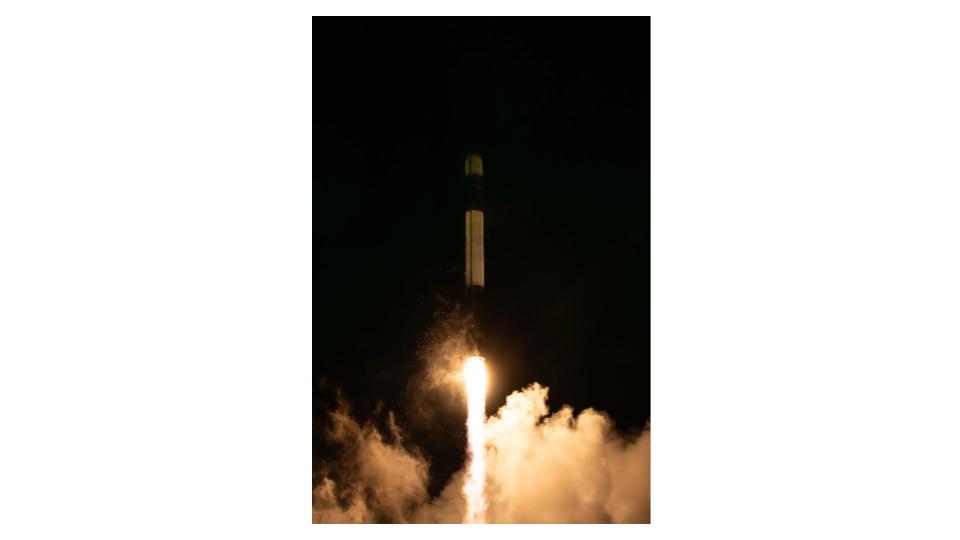NASA successfully launched the first of a pair of small climate satellites on Saturday from the Rocket Lab’s Launch Complex 1 in Mahia, New Zealand. The mission, dubbed PREFIRE (Polar Radiant Energy in the Far-InfraRed Experiment), aims to study heat emissions at the Earth’s poles, shedding light on the intricate interplay between these regions and global climate change.
The PREFIRE mission consists of two shoebox-sized CubeSats, each equipped with a sophisticated thermal infrared spectrometer capable of measuring the far-infrared radiation emitted by the Earth’s coldest and most remote regions. By collecting this crucial data, scientists hope to better predict the impact of climate change on sea ice loss, ice sheet melt, and sea-level rise.
“NASA’s innovative PREFIRE mission will fill a gap in our understanding of the Earth system, providing our scientists a detailed picture of how Earth’s polar regions influence how much energy our planet absorbs and releases,” said Karen St Germain, director of NASA’s Earth Science Division in Washington, D.C.
After a successful liftoff atop Rocket Lab’s Electron rocket at 7:41 pm NZST (3:41 am EDT) on Saturday, ground controllers established communications with the first CubeSat at 8:48 EDT. The second PREFIRE CubeSat is scheduled for launch in the coming days, also aboard an Electron rocket from the same launch complex.
Once both CubeSats are operational, following a 30-day checkout period, the mission is expected to operate for 10 months, gathering invaluable data on the Earth’s energy budget – the delicate balance between incoming heat energy from the Sun and the outgoing heat given off by the planet.
“The PREFIRE CubeSats may be small, but they’re going to close a big gap in our knowledge about Earth’s energy budget,” said Laurie Leshin, director of NASA’s Jet Propulsion Laboratory in Southern California. “Their observations will help us understand the fundamentals of Earth’s heat balance, allowing us to better predict how our ice, seas, and weather will change in the face of global warming.”
The mission’s principal investigator, Tristan L’Ecuyer from the University of Wisconsin-Madison, emphasized the urgency of the PREFIRE mission, stating, “Our planet is changing quickly, and in places like the Arctic, in ways that people have never experienced before. NASA’s PREFIRE will give us new measurements of the far-infrared wavelengths being emitted from Earth’s poles, which we can use to improve climate and weather models and help people around the world deal with the consequences of climate change.”
The PREFIRE mission was jointly developed by NASA and the University of Wisconsin-Madison, with NASA’s Jet Propulsion Laboratory managing the mission and providing the spectrometers. Blue Canyon Technologies built the CubeSats, and the University of Wisconsin-Madison will process the data collected by the instruments.
(Inputs from ANI)




















